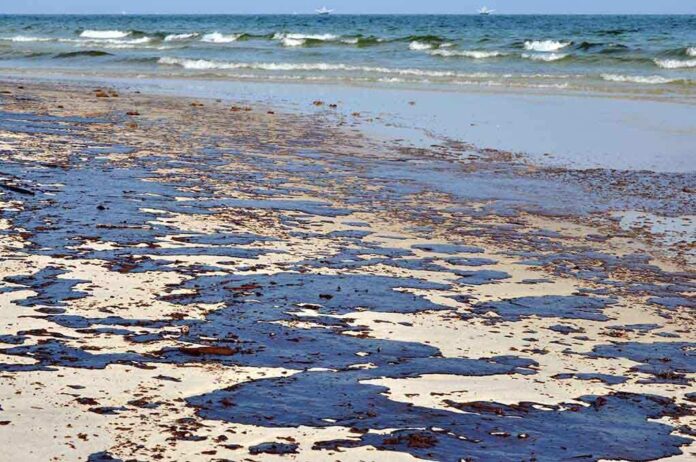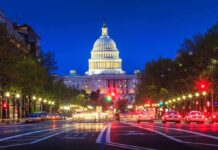
A dramatic surge in deadly Vibrio vulnificus infections along the Gulf Coast has left eight dead and dozens more urgently seeking treatment, raising alarm among residents, health officials, and the seafood industry.
Story Highlights
- Eight deaths and 32 illnesses linked to Vibrio vulnificus reported in Florida and Louisiana in 2025
- Infections have more than doubled Louisiana’s historical average, prompting urgent public health warnings
- Warmer coastal waters and raw seafood consumption identified as key risk factors
- Public health agencies urge prevention and warn vulnerable populations to remain vigilant
Deadly Bacteria Surge Challenges Gulf Coast Communities
Louisiana and Florida officials have reported a spike in Vibrio vulnificus infections in 2025, with 17 cases and four deaths in Louisiana alone—more than double its usual annual figures. Florida has also reported an increase in cases, although health authorities have yet to release specific numbers for the year. Both states’ health departments have issued public health warnings, blaming the spike on higher than normal water temperatures and increased exposure to coastal environments.
With summer drawing more residents and tourists into the Gulf’s warm, brackish waters, the risk of exposure for anyone with open wounds or compromised immune systems is higher than ever. The Centers for Disease Control and Prevention (CDC) is monitoring the situation as cases continue to mount, and local hospitals are on alert for severe infections requiring rapid intervention.
Vibrio vulnificus, sometimes called “flesh-eating bacteria,” is naturally present in coastal waters, especially when temperatures rise. This bacterium can cause wound infections and life-threatening bloodstream infections in those who are immunocompromised. The current surge in infections between May and August 2025 is unprecedented, with health experts warning that rising sea temperatures may be contributing to the growing threat. Residents are being told to stay out of coastal waters if they have cuts or scrapes, and everyone is urged to thoroughly cook shellfish before eating. These recommendations are part of an aggressive campaign by state health agencies to limit further spread and prevent additional deaths.
Public Health Response and Prevention Measures Intensify
The Louisiana Department of Health issued a formal warning on July 31, advising residents to take precautions, particularly those at higher risk due to chronic illness or weakened immune systems. Florida’s Department of Health followed suit, highlighting the importance of personal hygiene and safe seafood preparation. Hospitals and local clinics have ramped up their readiness to diagnose and treat Vibrio infections quickly, as delays in care can have fatal consequences. While both states have historically dealt with sporadic cases of Vibrio, 2025’s numbers are alarming and have led to a review of existing public health strategies. Medical experts stress the need for ongoing public awareness, especially as climate and environmental factors appear to be driving up the risk of infection.
Between 1988 and 2006, the Gulf Coast region saw over 900 reported cases of Vibrio vulnificus; most years, Louisiana reports around seven cases and one death. The spike to 17 cases and four deaths in a single season has heightened concerns about the impact on the seafood industry, tourism, and local economies. The CDC and state agencies are tracking cases and investigating potential links to environmental changes, such as hotter summers and increased storm runoff into coastal waters. The broader Gulf Coast community—including seafood workers, healthcare providers, and business owners—faces an uncertain path as they navigate both the immediate health crisis and its long-term implications.
Economic, Social, and Policy Implications
Short-term impacts are already being felt, with increased hospitalizations and growing anxiety among Gulf Coast residents. Coastal communities dependent on tourism and seafood sales worry about the economic fallout if public fears persist or if new regulations are imposed. Experts warn that without decisive action and public cooperation, higher rates of Vibrio infection could become the new normal during the hot summer months. State and federal health agencies are considering intensified surveillance, stricter seafood industry standards, and expanded education campaigns as part of a broader strategy to protect public health and economic stability.
Sources:
Louisiana Department of Health












